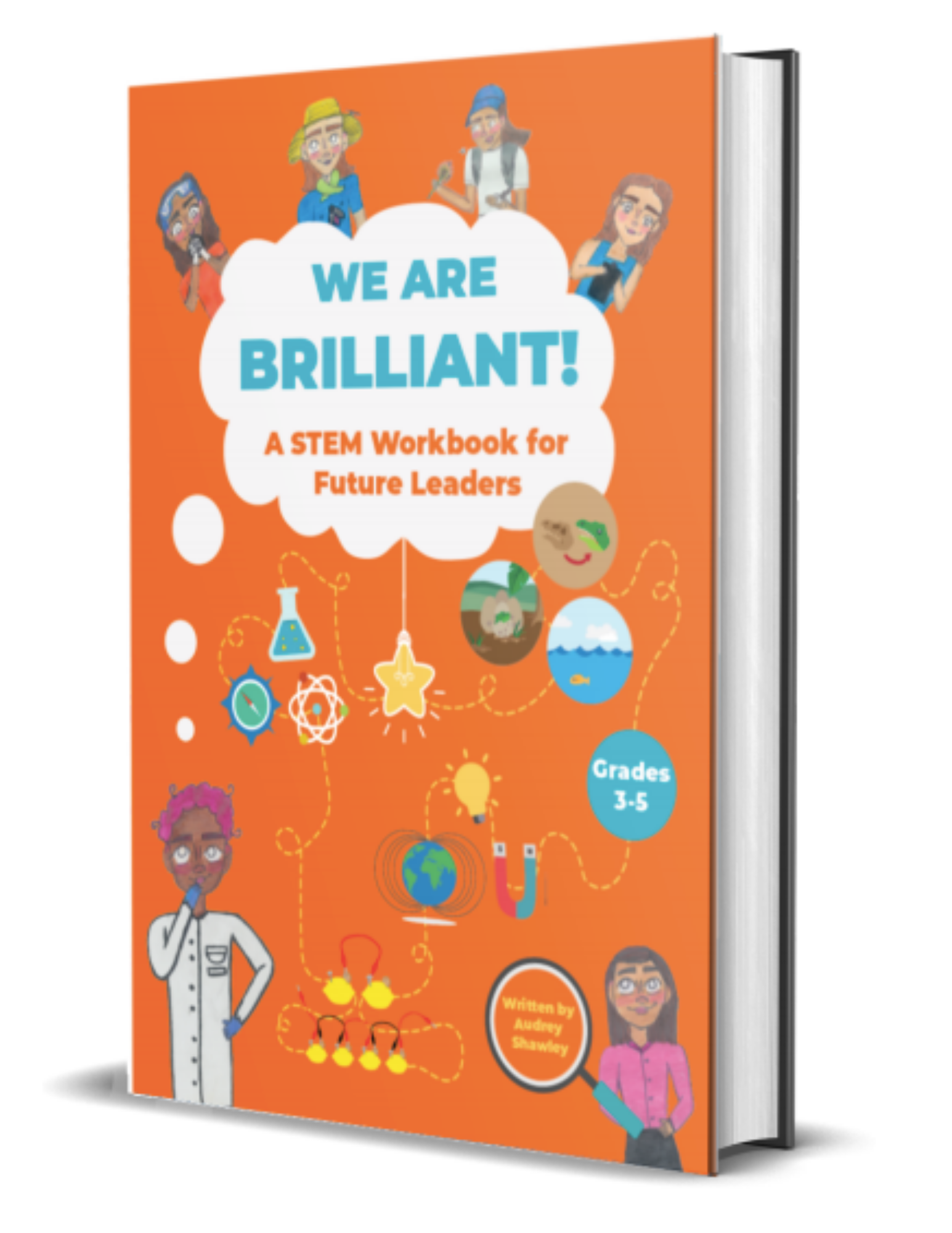Have you heard that the universe is expanding? This is a result of what scientists call the Big Bang, which gives us a new way of visualizing the universe. In this experiment, we’ll model this expansion using our own cosmic slime!
MATERIALS:
Clear school glue
1 teaspoon of borax
Water
Red and blue food coloring
Two paper bowls
Measuring cups: 1/2 cup and 1 cup
Teaspoon
Glitter
Wax paper
TIME ESTIMATED:
15-20 minutes
DIRECTIONS:
In one bowl, mix 1/2 cup of glue with 1/2 cup of water. Stir it together so it mixes nicely.
Add food coloring to the glue and water mixture. You can use 6 drops of blue and 3 drops of red to get a nice, dark purple color.
In the other bowl, mix 1 teaspoon of borax with 1 cup of lukewarm water. Stir until the borax is dissolved. This takes a while, so you have to be patient. If you skip this step, your slime will not come together very well.
Stir until you don't feel the crunch of the solid bits of borax on the bottom. The water will start to look a little cloudy.
Add the purple glue mixture to your borax water, stirring slowly as you pour it. You will see the slime start to form!
Stir as much as you can. Use your hands to get in there and work it around.
Take your glob of slime out of the bowl and put it on your wax paper. It's okay if there is some water left behind.
It's time to add some glitter to your galaxies! Flatten out your slime and spread glitter over the top. You can use any color or combination of colors, but lighter ones will work best because they will stand out against the dark purple.
Fold your slime in half to seal in the glitter.
Press it out and fold it over again. Keep pressing and folding and watch as the glitter spreads throughout your slime.
Play with your handheld universe and watch it stretch and expand!
Think LIke a Scientist!
Do you notice anything about the way individual pieces of glitter move when we stretch the slime? Do they get closer together or farther apart?
HOW DOES IT WORK?
First, let's explain the expansion of the universe. Scientists believe the universe began with the Big Bang, which occurred around 13.8 billion years ago. At that moment, everything in the universe was extremely hot and dense, existing almost as just a point. Suddenly, all the matter started to expand in every direction, and this expansion is still happening today!
Scientists have done many experiments showing that galaxies are moving away from each other. They do this by measuring the wavelengths of light coming from these galaxies, which are red-shifted. This means everything outside of our galaxy is moving away from us! The farther away another galaxy is, the faster it's expanding (from our perspective).
As we look at different parts of our slime model, we can see how the glitter spreads out differently depending on the area it's in. In some areas, the glitter stays close together for a longer time than it does in others. This is similar to how the expansion of the universe is faster depending on where we look. Imagine that we have two parts of the slime that are far away from each other. As the slime expands, the glitter in each part will move farther away from each other at a faster rate. Similar to galaxies, as the space in between two points increases, the speed at which they’re moving apart also increases!
Further exploration:
Astrophysicists are scientists who study the physics of objects in space. One of their interests is discovering new planets, and they can measure redshifts to do this. As a planet orbits a star, it will slightly stretch the light depending on its positioning, and we can measure the way the light from the star changes to get information about the planet. Of course, scientists also have to take into account the redshift caused by the expansion of the universe when making these measurements!
Anticipated Concerns
Borax can be toxic if ingested or if it comes into contact with eyes, so do not accidentally ingest or wipe in your eye. If the latter occurs, rinse thoroughly with water.
Looking for more fun at-home STEM activities for your young scientist? Check out our workbook full of exciting science experiments and empowering activities!
Learn more and purchase today!


